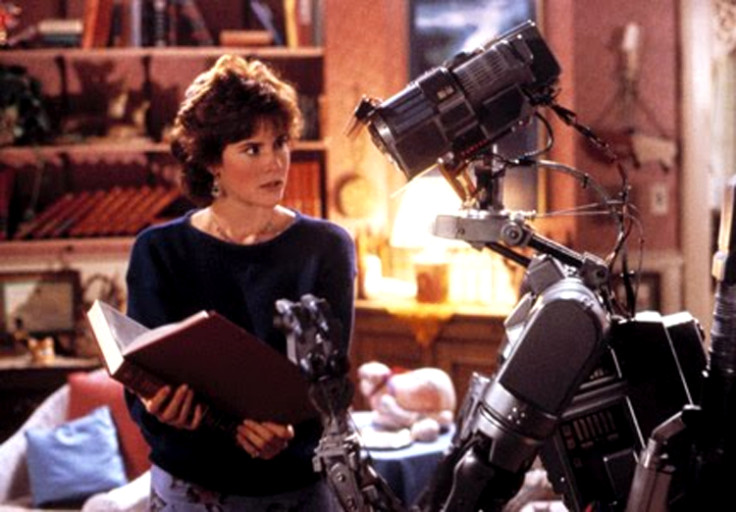More Input: Robo Brain Big Data System Downloads Internet Content to Educate Robots

In the 1986 family sci-fi film Short Circuit, experimental military robot Johnny 5 becomes "alive" after being struck by lightning and suddenly has an insatiable thirst of knowledge about the human world.
Johnny 5 begins devouring all the books, newspapers and TV content he can find in Stephanie Speck's (Ally Sheedy) house, and keeps asking her for "More input!"
Now researchers from Cornell University, Stanford University and Brown University have designed a system that can do the same thing – Robo Brain, a large-scale cloud-based computational system that can teach robots by downloading content from the internet.
Robo Brain is currently using big data to process and crunch through huge amounts of information from publicly available internet sources, such as 120,000 YouTube videos, one billion images and 100 million online tutorials and electrical appliance manuals.
Researchers hope to create a central database server of information for robots, and as Robo Brain learns, to have the public help improve the system by logging onto the Robo Brain website and providing more input, as well as correcting how the robot is leaning.
Structured deep learning
The idea is for the robot's computer brain to be able to learn to recognise objects and know what they are used for, as well as to identify human behaviour and language, which the researchers call "structured deep learning".
Using this concept, the information downloaded from the internet is stored in the Robo Brain on many separate levels of abstraction, so for example, if the robot were to see an Easy Chair (a large, soft, comfortable chair), it would understand that the Easy Chair was a type of chair from the chair family.
Next, the robot would recognise that chairs are used as furniture, so humans would use it to sit on. Finally, the robot would also understand that humans can sit down even without a chair, i.e. with a bench, stool, or on the ground.
"Our laptops and cell phones have access to all the information we want. If a robot encounters a situation it hasn't seen before it can query Robo Brain in the cloud," said Ashutosh Saxena, assistant professor of computer science at Cornell University.
Markov mathematical model
The robot computer brain uses the Markov mathematical model to store the information. The model allows the information to be represented graphically as a set of points (known as "nodes") that are connected by lines (edges), similar to a spider diagram.
Aditya Jami, a visiting researcher at Cornell who designed the large-scale database for the brain, said: "The Robo Brain will look like a gigantic, branching graph with abilities for multidimensional queries."
Each node could represent parts of an image, an action or an object, and each node is assigned a probability, i.e. how much you can vary the node and still be correct.
The Robo Brain works by forming its own chain and then looking for the next link of the chain of information by comparing what it sees to a piece of information in the knowledge base that matches the computer's probability limits.
Creating a huge database of information that robots can easily understand could vastly improve artificial intelligence and machine learning in robots today.
The Robo Brain project is supported by big names like Google, Microsoft and Qualcomm, as well as US agencies including the National Robotics Initiative, the National Science Foundation, the Office of Naval Research and the Army Research Office.
© Copyright IBTimes 2025. All rights reserved.






















